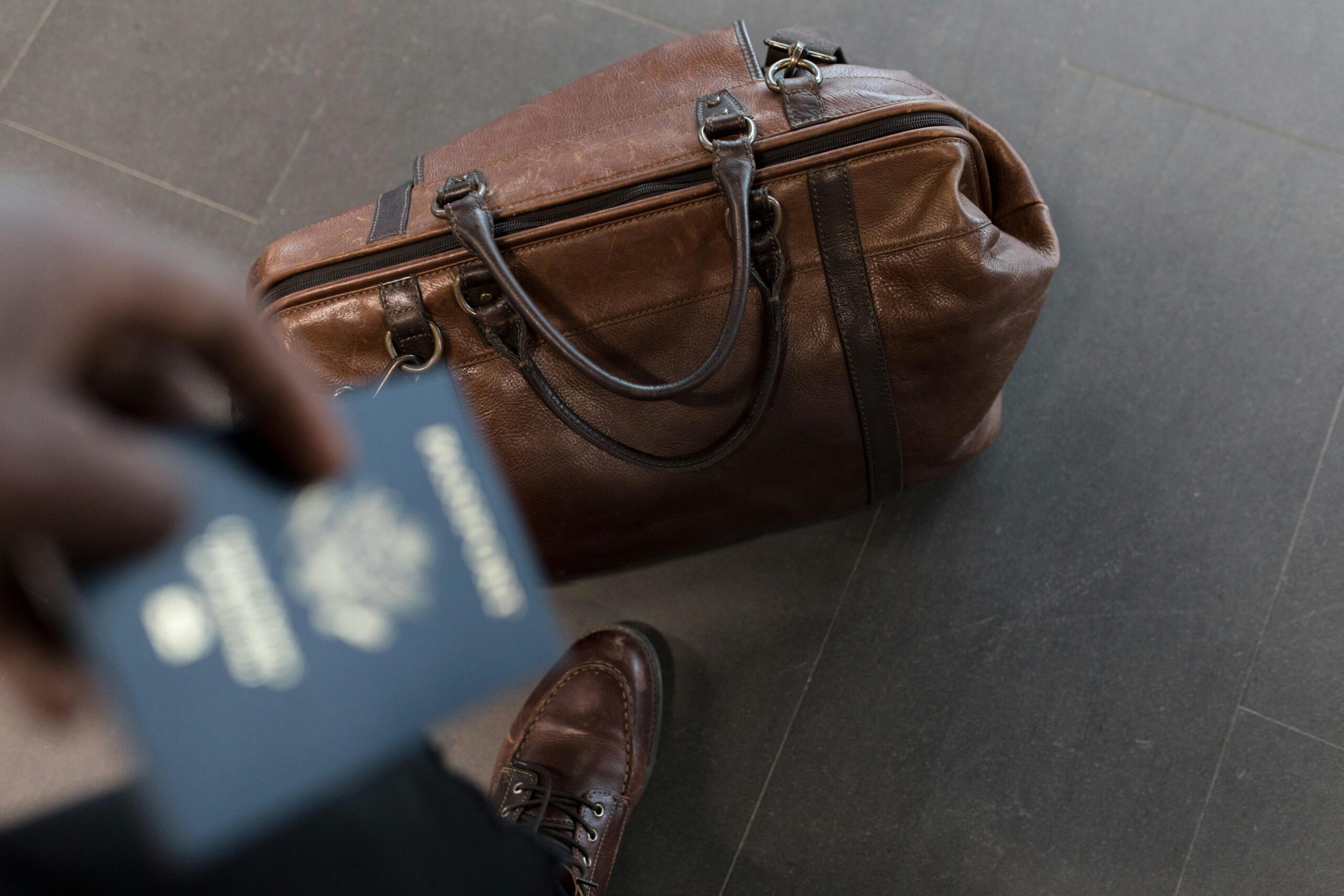After years of numerous delays, the REAL ID enforcement deadline is scheduled for May 7, 2025.1
What is a REAL ID?
A REAL ID is a type of enhanced identification card that is signified by a star marking in the upper top portion of the card. The REAL ID Act, passed by Congress in 2005, set minimum security standards for state-issued driver’s licenses and identification cards. Everyone who is at least 18 years old will need a REAL ID-compliant driver’s license or identification card or another form of identification that is accepted by the Transportation Security Administration (TSA) for domestic air travel and to enter certain federal facilities.
Other TSA-acceptable documents are active passports, passport cards, or Global Entry cards. While standard driver’s licenses will no longer be a valid identification for TSA purposes, enhanced driver’s licenses from certain states are TSA-acceptable alternatives.
Although the TSA has announced that federal agencies are allowed to phase in their enforcement of the REAL ID requirement, travelers who don’t have a REAL ID by the May 7 deadline will face additional screening measures and possible delays at airport security checkpoints. You can visit the TSA website at tsa.gov for updates and information.
Finally, when traveling internationally, you will still need your passport for identification purposes, including travel to Canada or Mexico.
How do you get a REAL ID?
The U.S. Department of Homeland Security (DHS) oversees the enforcement and implementation of the REAL ID Act, but each state’s driver’s licensing agency has its own process for issuing REAL ID-compliant licenses/identification cards.
In order to obtain a REAL ID, you will need to provide documentation that shows your:
- Full legal name, date of birth, proof of lawful presence (e.g., U.S. passport, birth certificate)
- Social Security number (some states may not require physical documentation of your Social Security number)
- Two proofs of address of principal residence (e.g., driver’s license, utility bill)
If you have had a name change (e.g., marriage, divorce, or court order), you will also need to bring in documentation that demonstrates proof of your name change. States may impose additional requirements, so be sure to contact your state’s driver’s licensing agency for more information.
Sources:
1) U.S. Department of Homeland Security, 2025
Prepared by Broadridge. Edited by BFSG. Copyright 2025.
Disclosure: BFSG does not make any representations or warranties as to the accuracy, timeliness, suitability, completeness, or relevance of any information prepared by any unaffiliated third party, whether linked to BFSG’s website or blog or incorporated herein and takes no responsibility for any such content. All such information is provided solely for convenience purposes only and all users thereof should be guided accordingly. Please remember that different types of investments involve varying degrees of risk, and there can be no assurance that the future performance of any specific investment or investment strategy (including those undertaken or recommended by BFSG), will be profitable or equal any historical performance level(s). Please see important disclosure information here.


